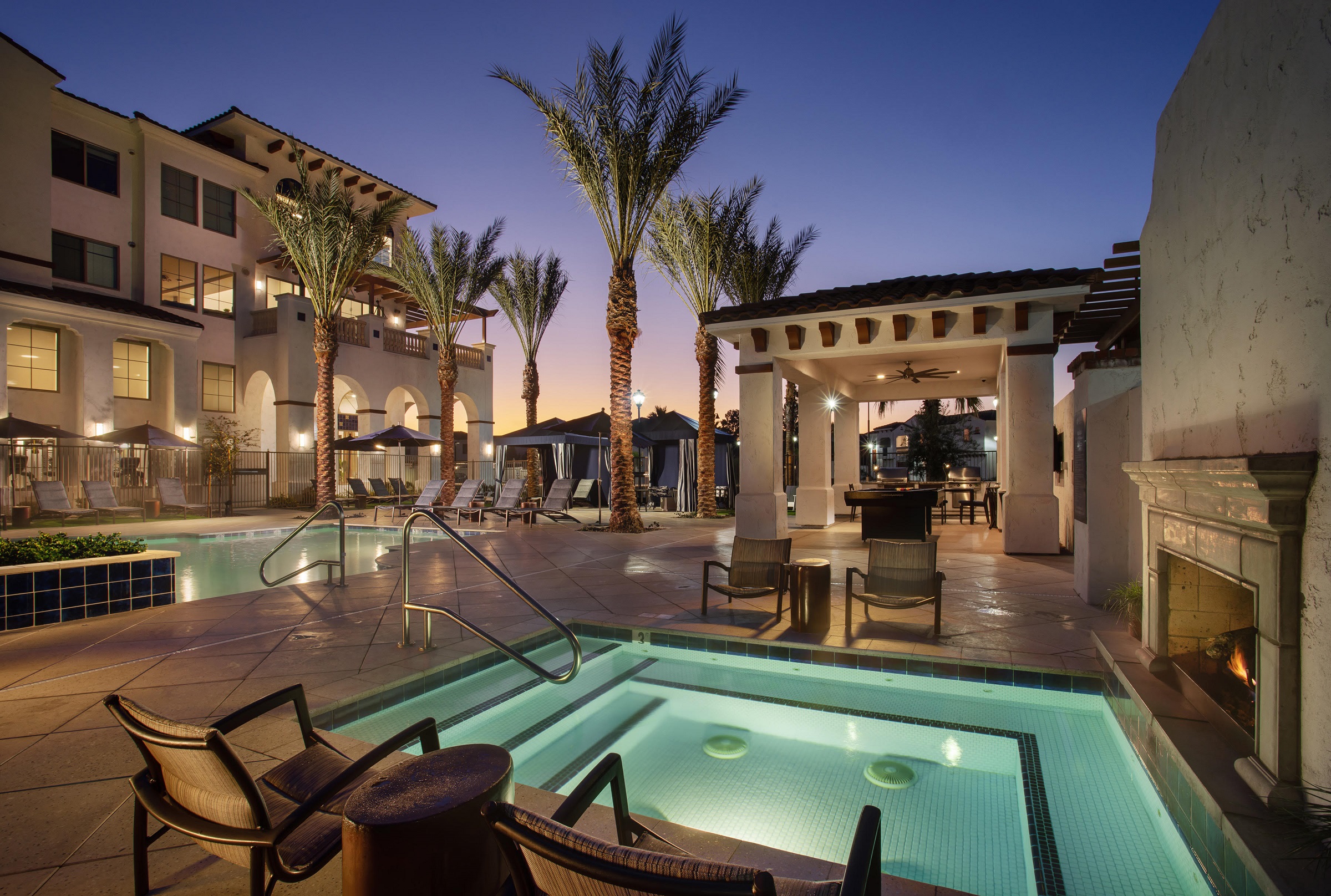The multifamily housing market was weathered in the 2020 recession, however, recent reports from RealPage share that occupancy was at its highest since the 2000-2001 era, reaching 96.9%. To add, while regional markets vary, it’s predicted that the national market is forecasted to remain robust into 2022 and even 2023, according to NAA Units.
In today’s market, we are seeing an acceleration of change in the multifamily industry but despite the positive uptick, the basic priorities remain in place: leasing out properties and staying competitive. For new communities, this does not pose as much of an issue given they have the latest tools to stay on-trend but older communities that lack these amenities can struggle to stay competitive. Rather than coming up with elaborate techniques to attract new prospects and retain current residents, property management teams can practice fundamentals like putting residents first, conducting market surveys, giving older properties a facelift, and updating the roster of community perks.
READ ALSO: Phoenix is No. 1 in U.S. for multifamily construction projects
Putting Residents First
One of the most basic but yet important tactics to staying competitive, especially for the older communities, is showing residents how much onsite and property management teams care. Despite the few that like to keep to themselves, many residents want to feel valued from the community they live in, and it’s simple to do this. One example would be property management and on-site teams hosting a schedule of fun activities and incentives for a coordinated resident appreciation week. Another idea is showing random acts of kindness to residents, reminding them how much they mean to you. Genuine gestures like these go a long way with residents and will likely result in an increase of their overall satisfaction with the property. Maintenance continues to be a priority with all residents. Make sure those maintenance requests are handled promptly and thoroughly.
Conduct Consistent Market Surveys
Property management teams should conduct consistent market surveys to not only understand its competition but to also know what the current consumer is looking for. Conducting these surveys can help multifamily property managers understand when changes need to be made. Additionally, the surveys yield results about the demographics of the families living in multifamily communities. The results of these surveys can help older communities make the changes necessary to keep their residents satisfied, as well as attract prospective residents.
Property managers can also gather valuable information by conducting competitive secret shopper research. To do this, the onsite property management teams can call or email competing multifamily communities in the surrounding area to gain a better understanding of the amenities that they offer, both around the community and in the units, the onsite events that they host for residents, and more. By doing this, older communities can get fresh ideas that will help them to stay competitive in an expanding market.
Give an Existing Property a Facelift
Staying up to date doesn’t have to include building a brand new community. Older multifamily communities can stay competitive by identifying desirable amenities and in-unit features that need a facelift. This can mean updating existing appliances and features such as the paint and finish of an apartment’s walls and cabinets. A fresh coat of paint or an accent wall can make older rooms feel brand new. Changing appliances to stainless steel or black can help units stay in line with modern consumer preferences. These updates can be made in bathrooms, bedrooms, and living rooms. As technology becomes a more sought after feature by prospective residents, units can also add in features like Nest and external smart locks for the front door.
Update Roster of Community Perks
Lastly, updating the roster of community perks to feature on-demand amenities will help older multifamily communities remain competitive. Many communities are partnering with Uber and Lyft to create designated rideshare pick-up and drop-off locations to make transportation easier for residents. Another community perk that older communities can add is housekeeping and trash pick-up services. One growing real estate trend is known as “hotelification” which includes utilizing technology and services to treat residents like hotel guests. This can include offering concierge services, as well as other common hotel services such as cleaning, dog-walking, and more. Adding in these services will allow older communities to align with new industry standards.
To compete in a growing market, older multifamily communities can conduct consistent market surveys, give older amenities and features a facelift, and update the roster of community perks. By updating the community’s website to reflect these changes, older properties can feel refreshed and remain attractive to prospective residents.
Regardless of whether the community is brand new or 30 years old, don’t forget to stick to the basics, which is providing a nice community someone is proud to call home and where they feel there is value in the rent they pay.
Author: P.B. Bell specializes in the development, management and acquisition of multifamily housing communities in Arizona. Based in Scottsdale, P.B. Bell has provided multifamily services throughout the Phoenix metropolitan area since 1976 and remains family-owned. Committed to quality product and service, P.B. Bell’s portfolio includes Class A, B and C products and its clientele range from global investment firms to individual owners. As a leader in the multifamily housing industry, P.B. Bell has earned multiple awards for its design, development and management services.




